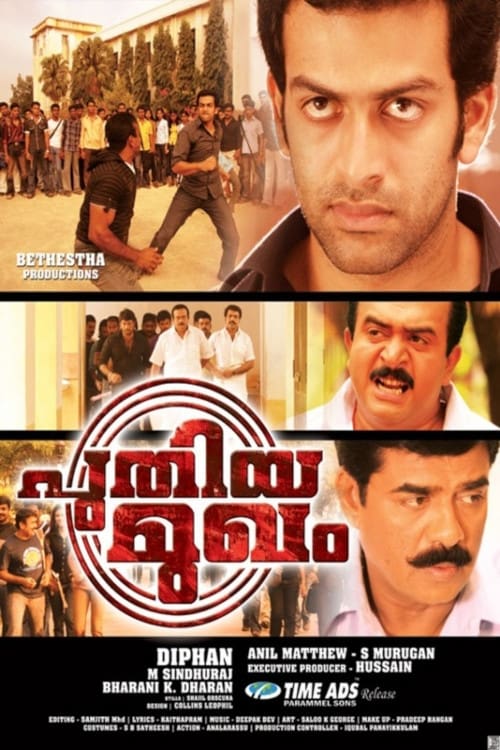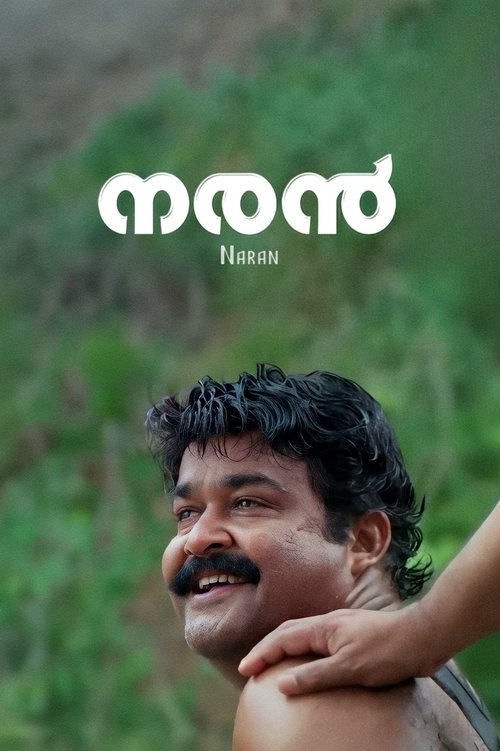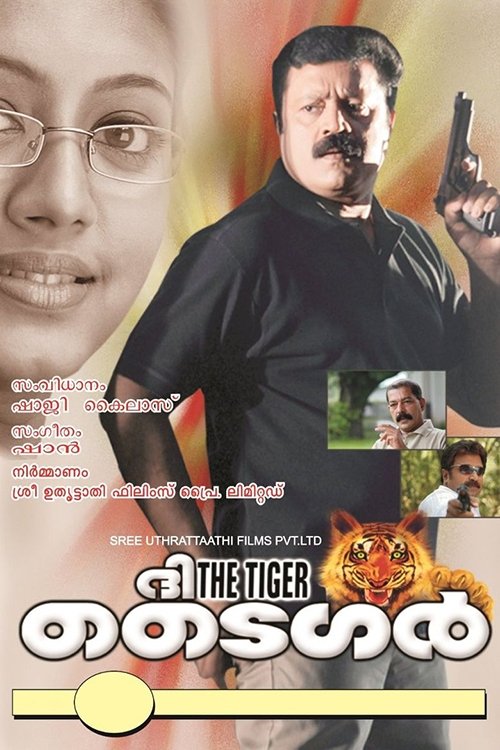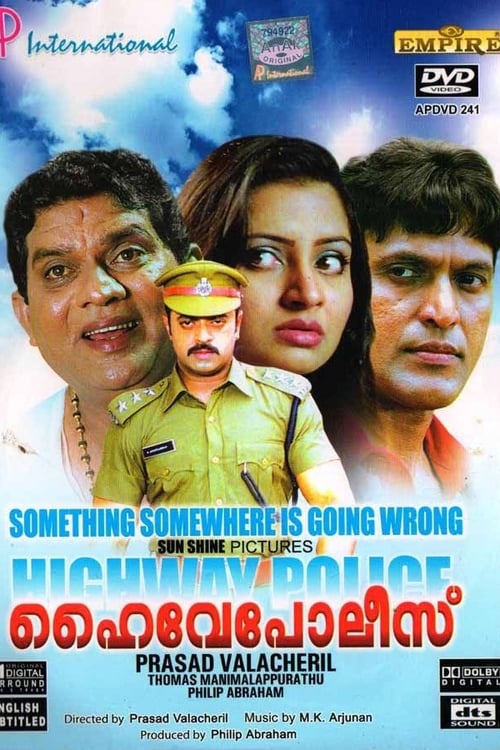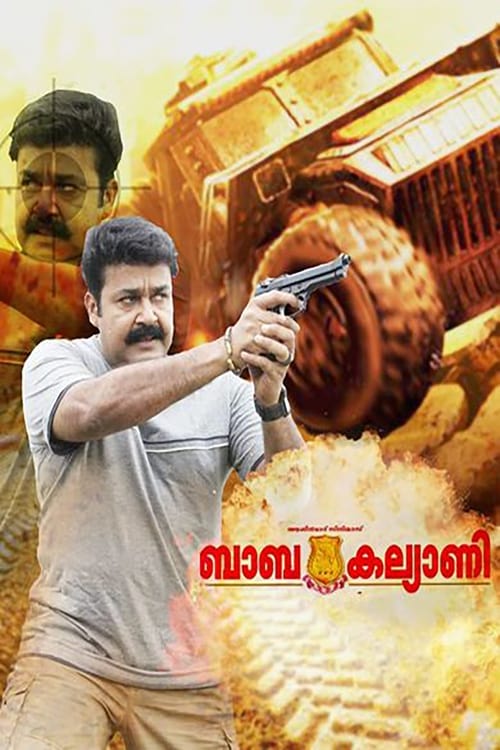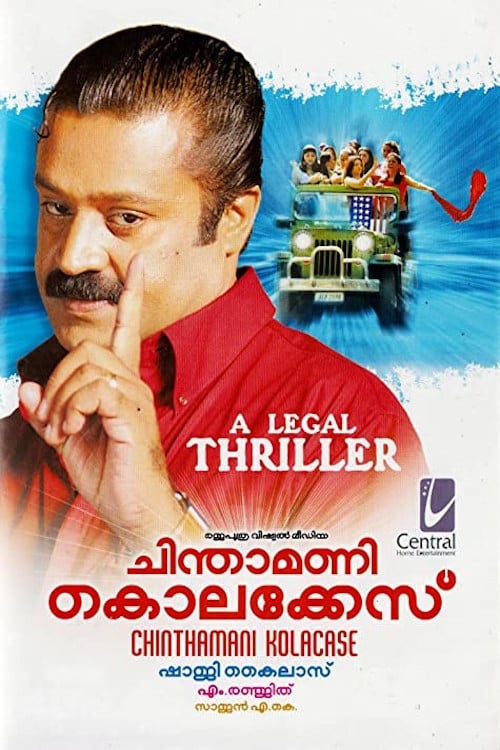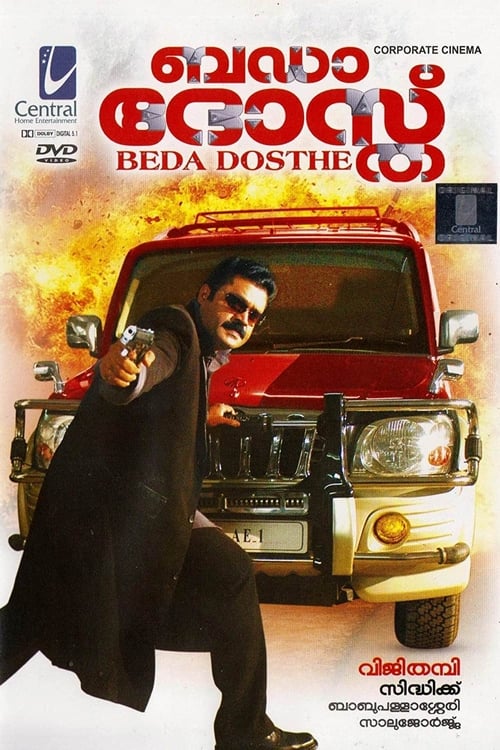
Ask Your Own Question
What is the plot?
What is the ending?
In the ending of "Nasrani," the protagonist, a man named Kiran, confronts the antagonist, a corrupt politician named Kottarakkara, leading to a climactic showdown. Kiran's determination to seek justice for his family culminates in a fierce battle. Ultimately, Kiran prevails, but the victory comes at a significant personal cost. The film concludes with Kiran reflecting on his journey, the sacrifices made, and the hope for a better future.
As the final act of "Nasrani" unfolds, the tension escalates. The scene opens with Kiran, visibly weary yet resolute, standing in front of Kottarakkara's lavish estate. The sun sets behind him, casting long shadows that symbolize the weight of his burdens. Kiran's heart races as he recalls the injustices faced by his family, fueling his determination to confront the man responsible for their suffering.
The camera shifts to Kottarakkara, who is seated in his opulent office, surrounded by his henchmen. He exudes arrogance, dismissing Kiran's threats as mere bravado. Kiran bursts into the office, his fists clenched, eyes blazing with fury. The atmosphere is thick with tension as Kiran demands justice, his voice steady despite the fear coursing through him.
A physical confrontation ensues, showcasing Kiran's fighting skills honed through years of hardship. The choreography of the fight is intense, with Kiran dodging blows and retaliating with precision. Each punch he throws is fueled by the memories of his family's struggles, and the audience can feel his desperation and resolve. Kottarakkara, though powerful, underestimates Kiran's tenacity.
As the fight progresses, Kiran gains the upper hand, but Kottarakkara's henchmen intervene, creating chaos. Kiran fights valiantly, but he is outnumbered. Just when it seems that all hope is lost, allies from Kiran's past arrive, turning the tide of the battle. The camaraderie and support from his friends highlight the theme of unity against corruption.
In a climactic moment, Kiran faces Kottarakkara one-on-one. The two men exchange heated words, revealing their contrasting ideologies. Kiran's motivation is rooted in justice and the love for his family, while Kottarakkara embodies greed and power. The fight culminates in a final, decisive blow from Kiran, who stands over Kottarakkara, breathing heavily, a mix of triumph and sorrow on his face.
With Kottarakkara defeated, the scene shifts to the aftermath. Kiran stands outside the estate, the weight of his victory settling in. He reflects on the sacrifices made along the way, particularly the loss of loved ones and the toll the battle has taken on his spirit. The camera captures his somber expression, emphasizing the emotional cost of his quest for justice.
As the film draws to a close, Kiran is seen walking away from the estate, the sun rising in the background, symbolizing hope and new beginnings. He is joined by his friends, who offer their support, reinforcing the idea that while the fight against corruption is far from over, they will face it together.
The fate of the main characters is as follows: Kiran emerges victorious but deeply changed by the experience, carrying the scars of his journey. Kottarakkara is left defeated, a symbol of the corrupt system that Kiran has fought against. The supporting characters, who stood by Kiran, find renewed purpose in their fight for justice, suggesting a collective resilience against adversity. The film ends on a note of cautious optimism, highlighting the importance of community and the ongoing struggle for justice.
Is there a post-credit scene?
The movie "Nasrani," produced in 2007, does not have a post-credit scene. The film concludes its narrative without any additional scenes or content after the credits roll. The story wraps up with the resolution of the main plot, focusing on the protagonist's journey and the themes of love, betrayal, and redemption. The absence of a post-credit scene allows the audience to reflect on the film's emotional and dramatic arcs without any further distractions.
How does the setting influence the events of the story?
The film is set against the backdrop of a vibrant yet tumultuous Kerala, which plays a crucial role in shaping the narrative. The lush landscapes and cultural elements reflect the characters' emotional states and the societal issues they face, creating a rich tapestry that enhances the drama and tension throughout the film.
What motivates the main character, Nasrani, throughout the film?
Nasrani, played by Mammootty, is driven by a deep sense of justice and a desire to protect his family and community. His internal conflict arises from the need to balance his personal vendettas with the greater good, often leading him to make difficult choices that test his moral compass.
How does the relationship between Nasrani and his love interest evolve in the film?
The relationship between Nasrani and his love interest, played by Meera Jasmine, begins with a strong attraction that is complicated by external conflicts and societal pressures. As the story progresses, their bond deepens, showcasing moments of tenderness and vulnerability, but also facing challenges that test their commitment to each other.
What role does the antagonist play in Nasrani's journey?
The antagonist, portrayed by a rival character, serves as a catalyst for Nasrani's transformation. Their confrontations are not just physical battles but also ideological clashes that force Nasrani to confront his own beliefs and motivations, ultimately pushing him towards a path of self-discovery and resolution.
What are the key turning points in Nasrani's character development?
Key turning points in Nasrani's character development include his initial reluctance to engage in conflict, his gradual acceptance of his role as a protector, and the moment he faces a personal loss that propels him into action. Each of these moments reveals layers of his personality, showcasing his growth from a passive individual to a decisive leader.
Is this family friendly?
"Nasrani," produced in 2007, is a Malayalam film that contains several elements that may not be suitable for children or sensitive viewers. Here are some potentially objectionable or upsetting aspects:
-
Violence: The film includes scenes of physical confrontations and fights that may be intense and graphic, showcasing the darker side of human conflict.
-
Themes of Revenge: The narrative revolves around themes of betrayal and revenge, which may be emotionally heavy and difficult for younger audiences to process.
-
Emotional Turmoil: Characters experience significant emotional distress, including loss and betrayal, which could be upsetting for sensitive viewers.
-
Mature Relationships: There are elements of romantic relationships that may not be appropriate for younger audiences, including themes of love and heartbreak.
-
Cultural Context: Some cultural references and societal issues depicted in the film may be complex and difficult for children to understand fully.
Overall, while "Nasrani" has engaging storytelling and character development, its themes and content may not be suitable for all viewers, particularly children.














































